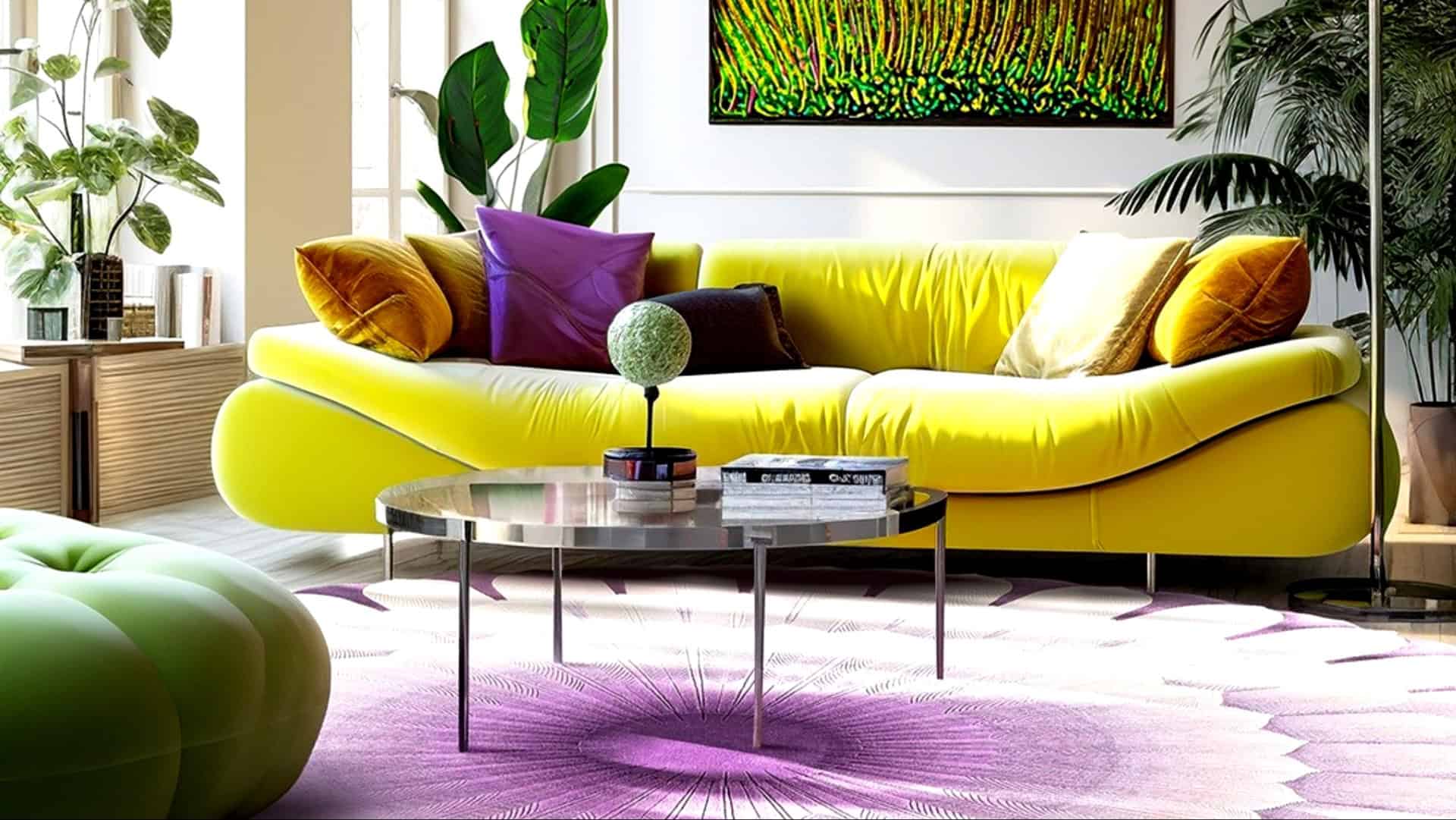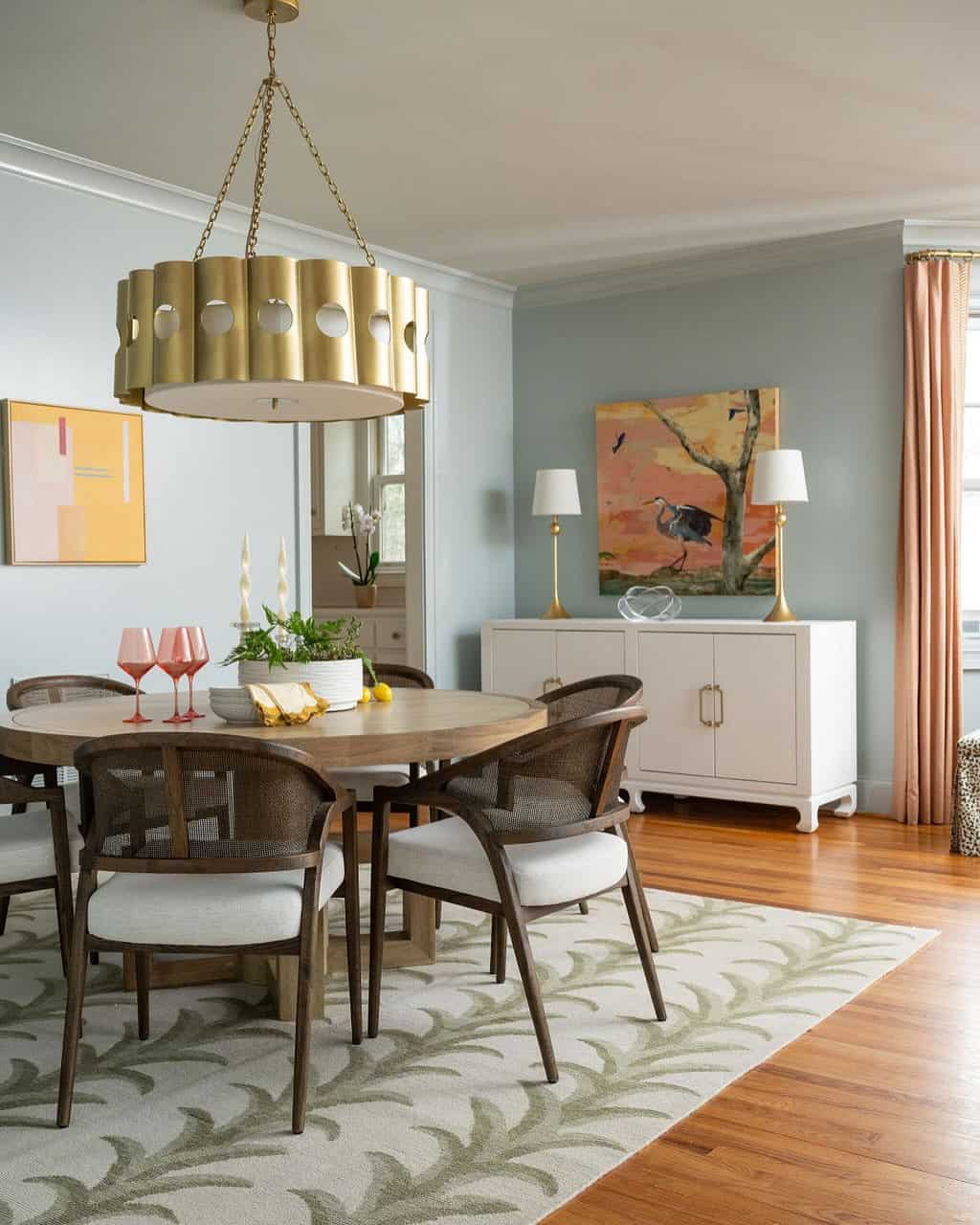Gray floors were once heralded as the epitome of modern elegance, gracing homes with their sleek and neutral appeal.
However, the tides have turned, and the popularity of gray flooring has waned. There are several reasons for this shift, ranging from design trends to practical considerations.
In this article, we explore 5 compelling reasons why gray floors have fallen from grace.
1. Changing Interior Design Trends
Interior design trends are ever-evolving, and what was once popular, like gray floors, may soon become passé.
As homeowners seek warmth and personalization, vibrant colors and natural materials are taking center stage.
Gray, often perceived as cold and impersonal, struggles to fit this new narrative.
The shift towards eclectic styles, with an emphasis on individuality, makes gray flooring seem outdated.
Homeowners now prefer options that reflect their unique taste, making gray less appealing in the current design landscape.
2. Desire for Statement Pieces
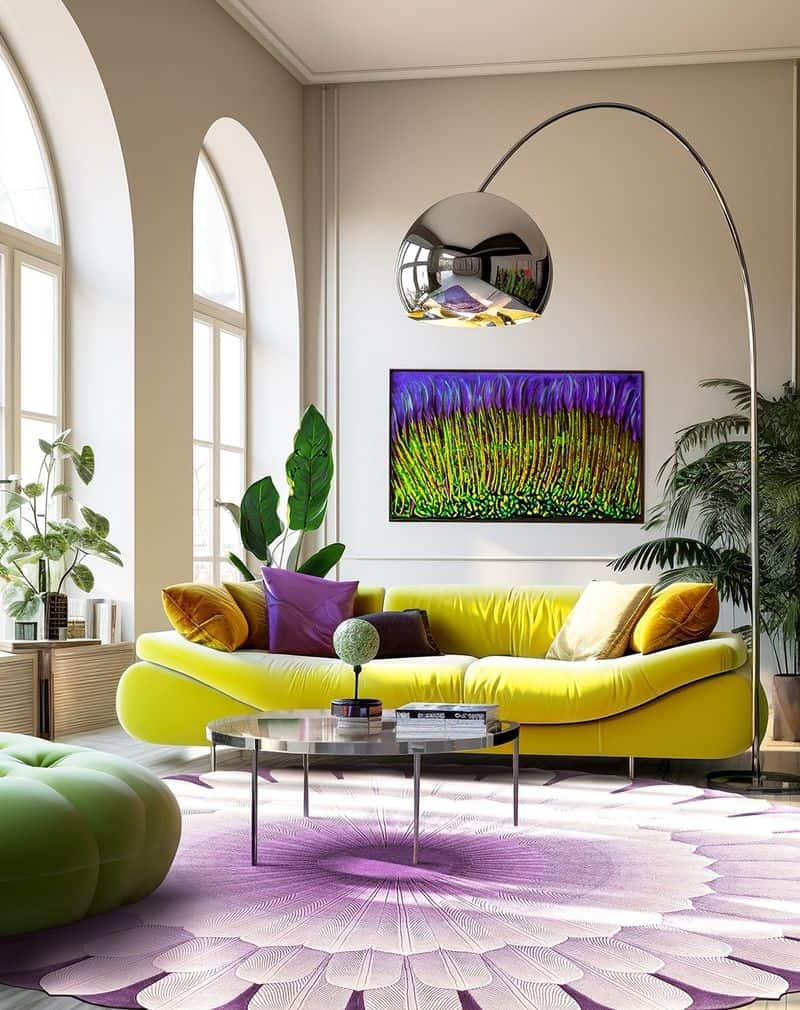
Homeowners are increasingly drawn to statement pieces that set their homes apart. Gray floors, while sleek, often fade into the background.
To make a striking impression, many are opting for bold flooring choices like patterned tiles or rich hardwoods.
These statement floors not only enhance the aesthetic appeal but also add character to a space.
In a world where personalization is key, gray flooring fails to deliver the standout qualities many desire in their homes.
3. High Maintenance Concerns
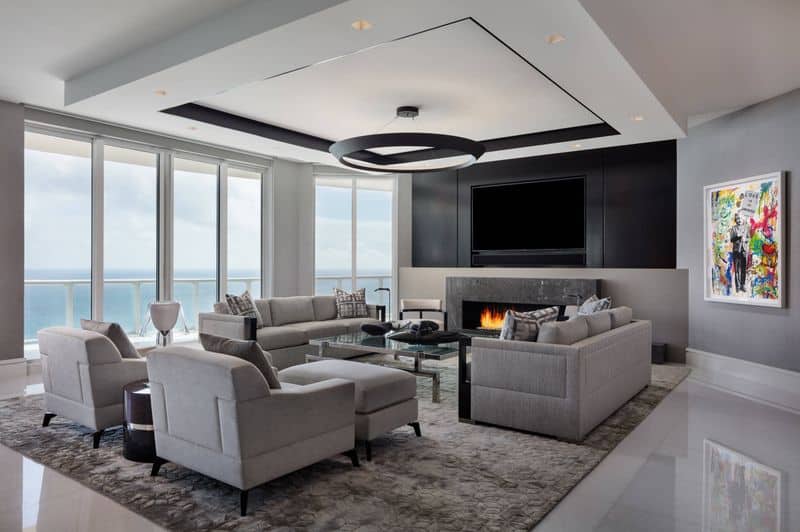
Gray floors, although stylish, often reveal dirt and scuffs more easily compared to other colors. This visibility of mess requires frequent cleaning to maintain their pristine look.
For busy households, this high maintenance aspect can be a significant drawback.
The constant upkeep needed to keep gray floors looking their best makes them less practical.
Homeowners often seek low-maintenance options that fit their lifestyle, making gray an unappealing choice for many modern families.
4. Perception of Coldness
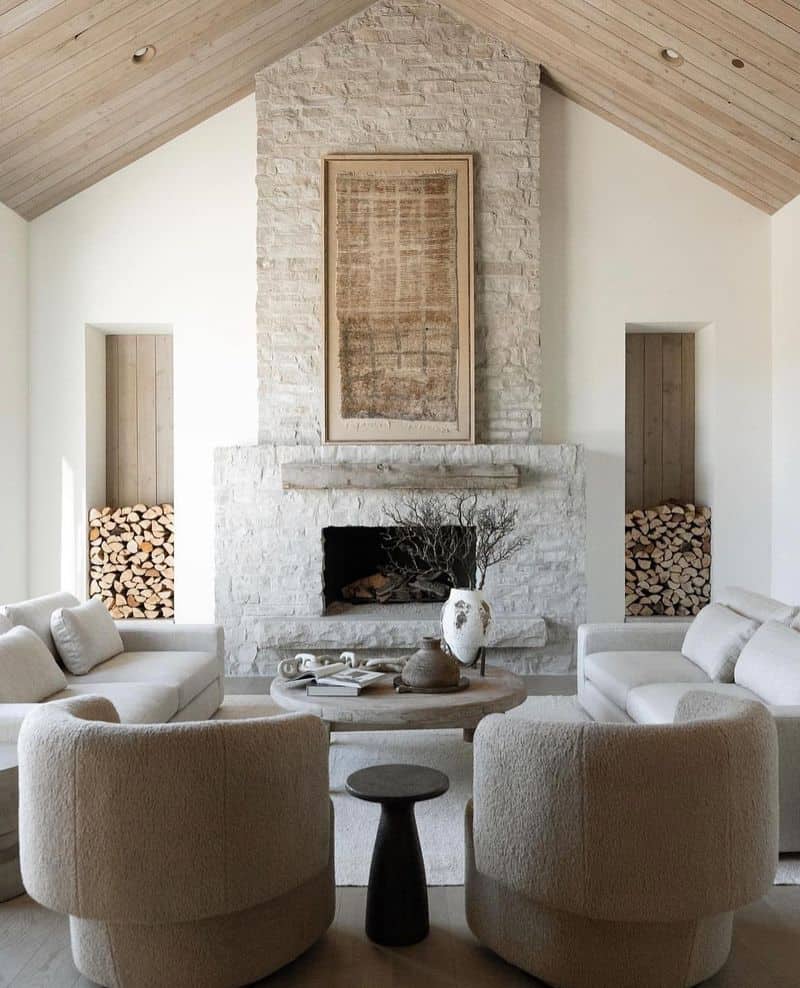
Gray floors often evoke a sense of coldness, which can dampen the cozy ambiance many homeowners desire.
As people spend more time at home, creating a welcoming environment has become a priority. Warm shades of wood or other natural materials are favored for their ability to add warmth.
This perception of coldness associated with gray flooring makes it less desirable.
Families looking for comfort and coziness in their living spaces tend to shy away from gray, opting for warmer hues instead.
5. Limited Versatility
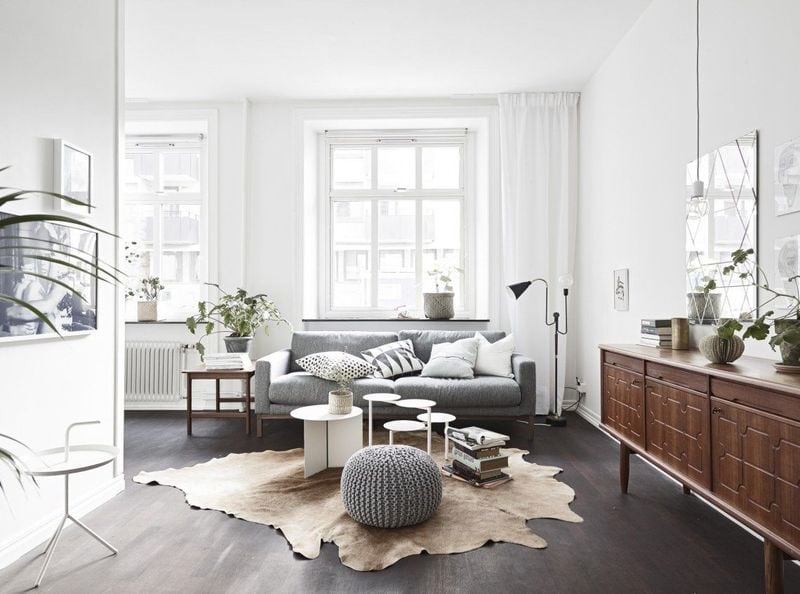
Gray flooring’s neutrality, once a selling point, now limits its versatility in dynamic design settings.
As homeowners experiment with bold colors and patterns, gray can seem restrictive. It doesn’t always harmonize with varied palettes.
This limitation makes it challenging to adapt gray floors to evolving personal tastes and trends.
Homeowners now prefer flooring options that offer greater flexibility, allowing them to easily update their decor without clashing colors.

